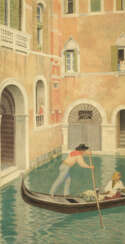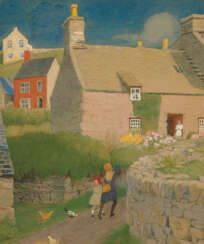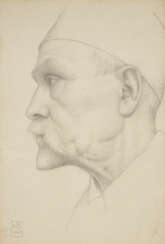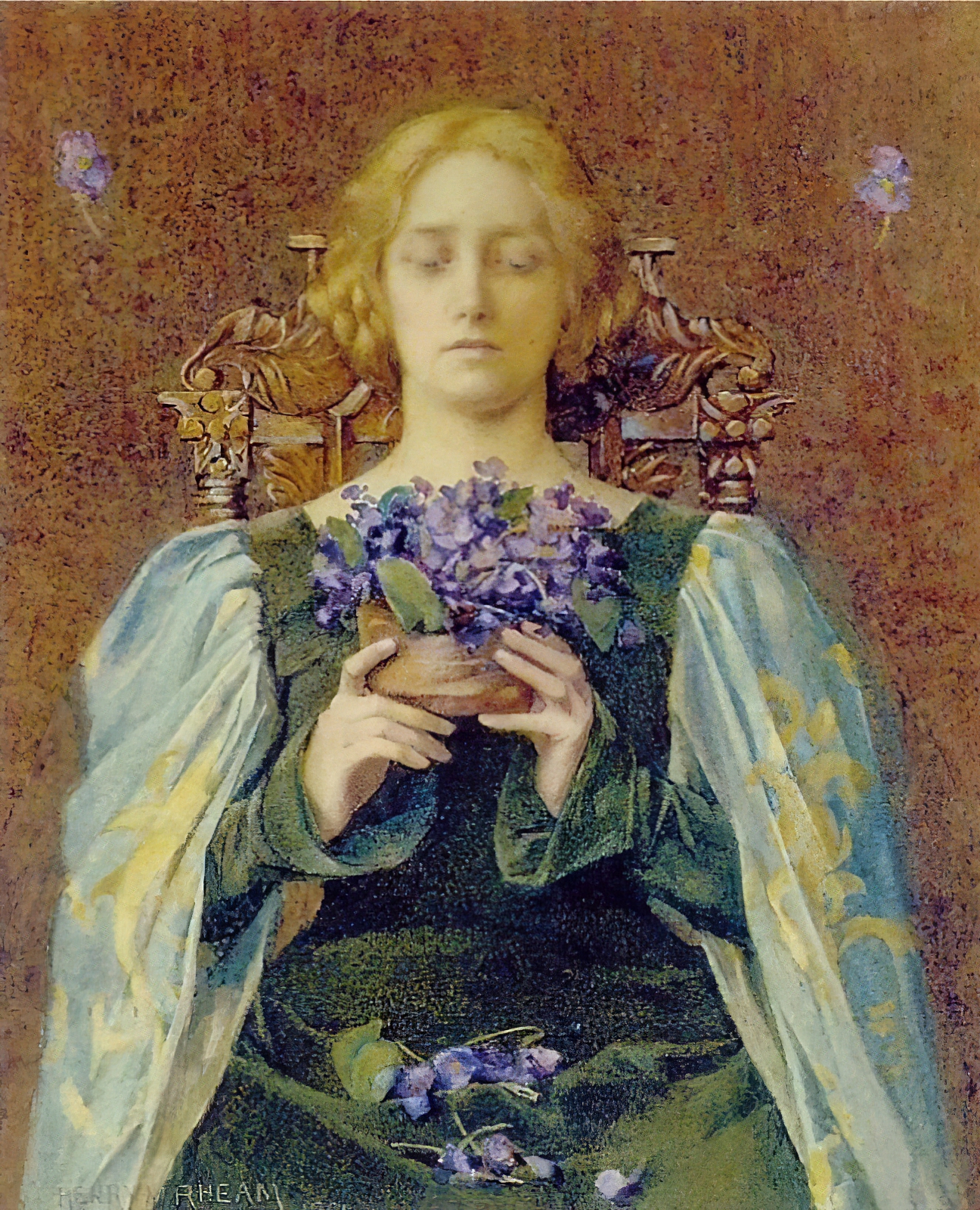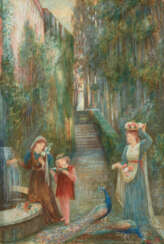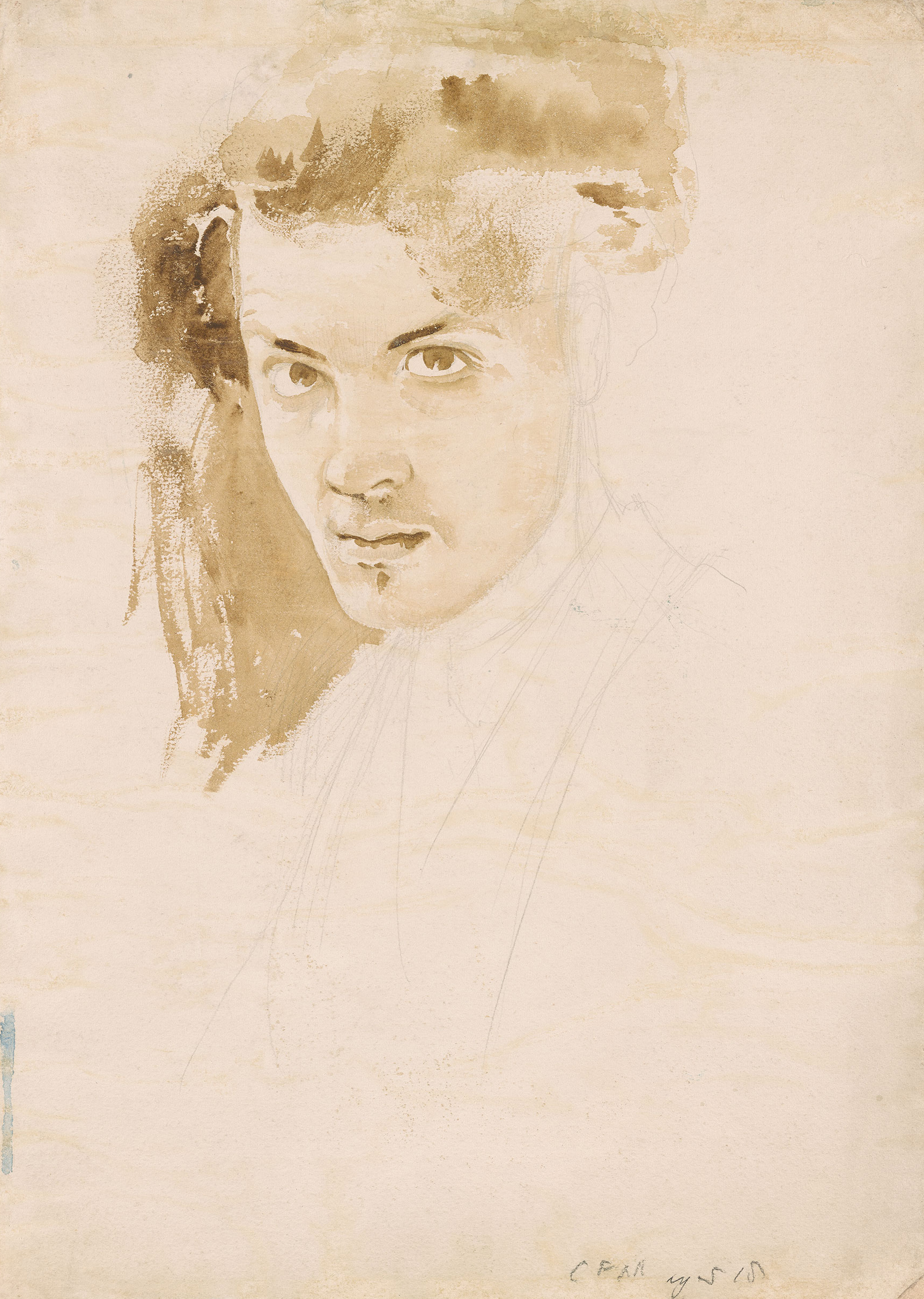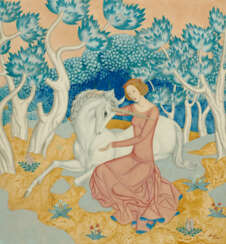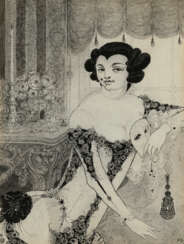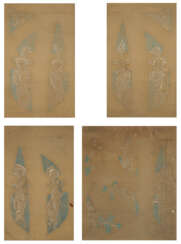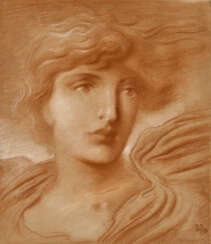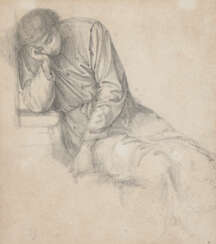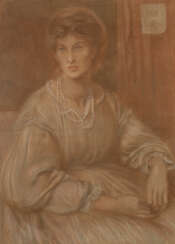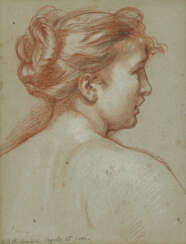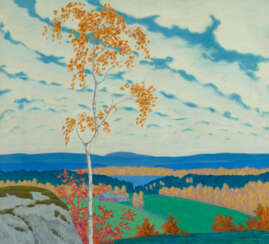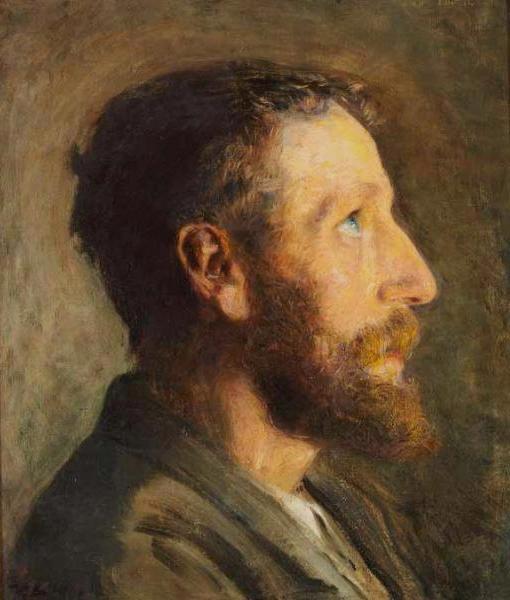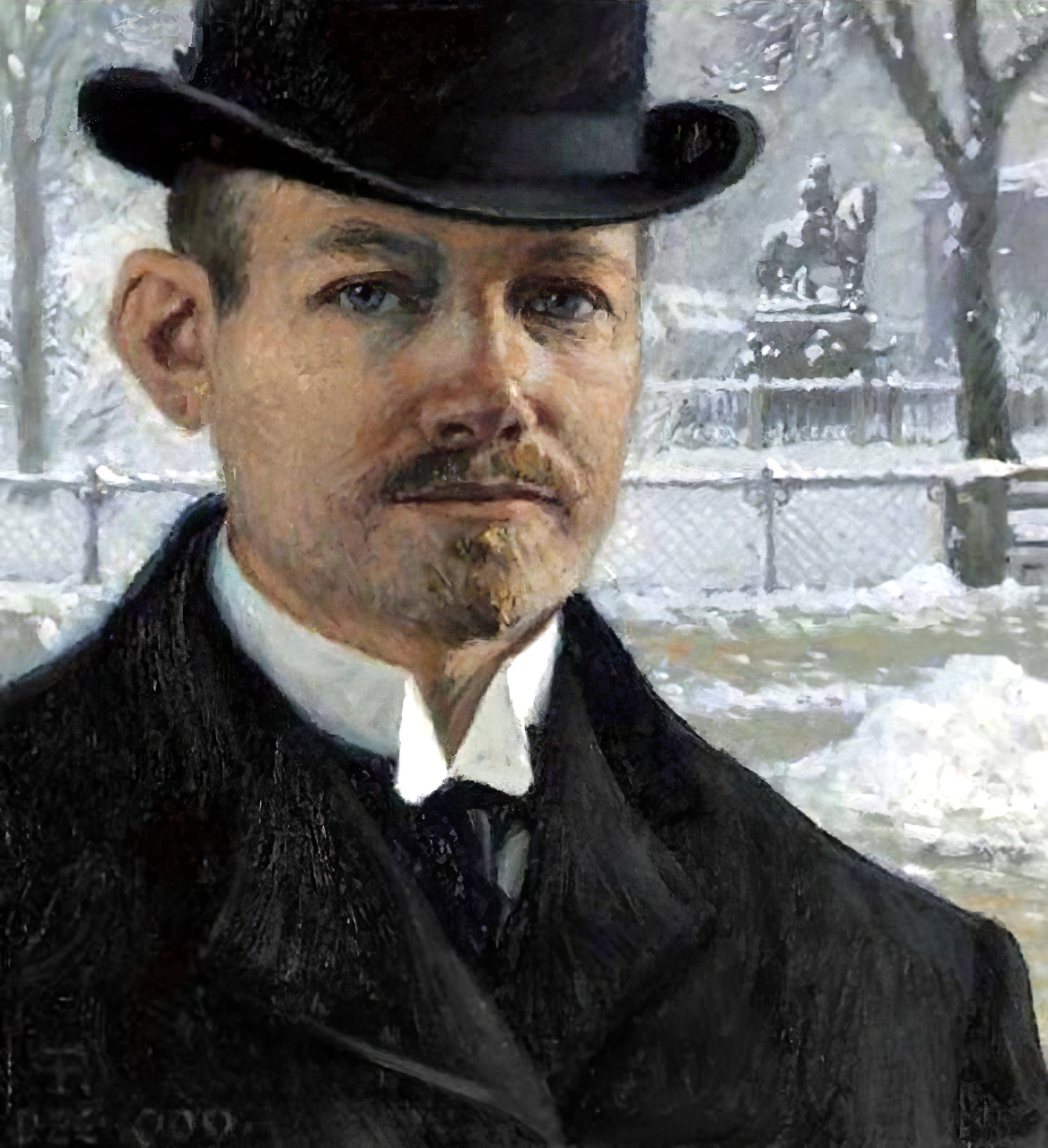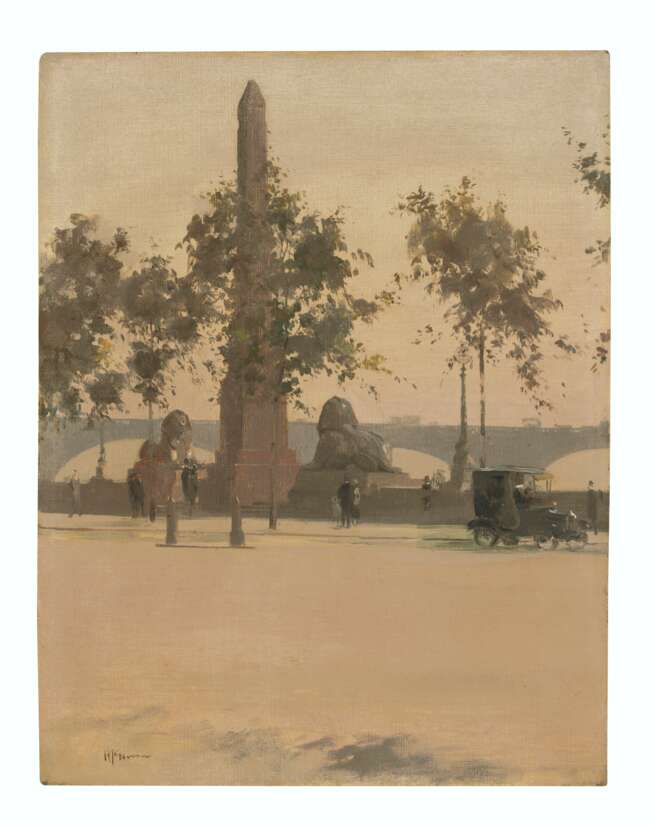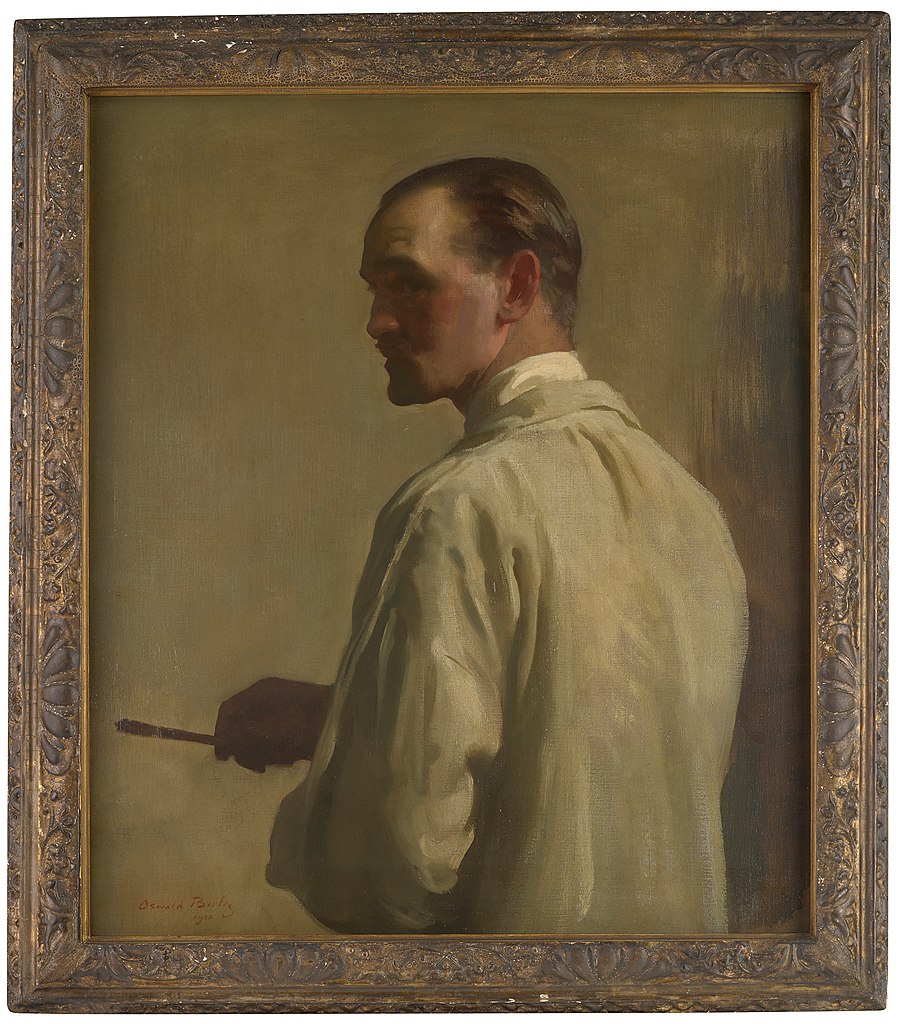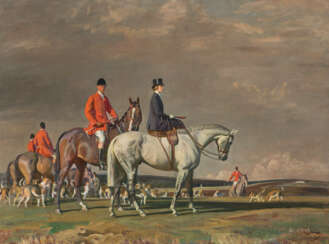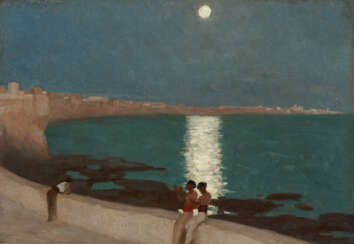
British and European Art
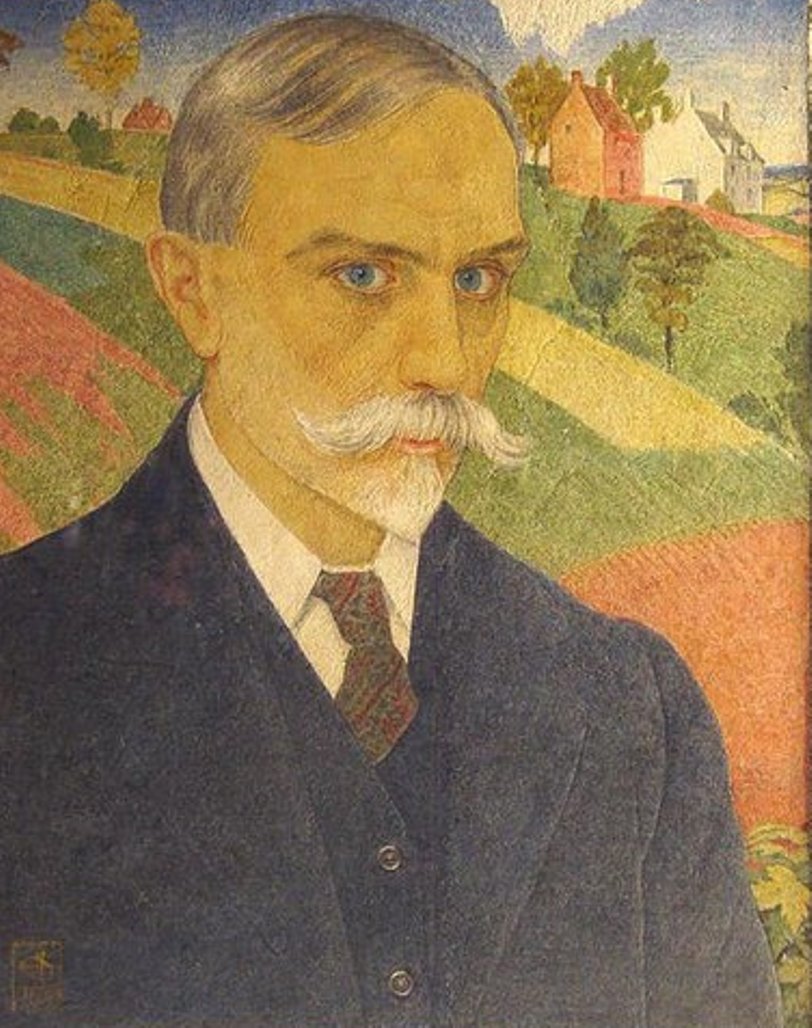
Joseph Edward Southall was a British painter and leader of the Birmingham Group of Craftsmen Artists.
At the age of 21, while traveling in France and Italy, Southall was fascinated by Italian Renaissance painters. He later created many large tempera paintings, mostly of mythological and religious subjects, which were exhibited throughout Europe as well as in the United States. The artist also painted landscapes and many portraits in watercolor and oil.
With the outbreak of World War I, Southall became more involved in the anti-war struggle, writing pamphlets and drawing cartoons for books and magazines. Along with other members of the Birmingham Group, Southall also practiced various crafts including murals, furniture decoration, lace, book illustration and prints.

Joseph Edward Southall was a British painter and leader of the Birmingham Group of Craftsmen Artists.
At the age of 21, while traveling in France and Italy, Southall was fascinated by Italian Renaissance painters. He later created many large tempera paintings, mostly of mythological and religious subjects, which were exhibited throughout Europe as well as in the United States. The artist also painted landscapes and many portraits in watercolor and oil.
With the outbreak of World War I, Southall became more involved in the anti-war struggle, writing pamphlets and drawing cartoons for books and magazines. Along with other members of the Birmingham Group, Southall also practiced various crafts including murals, furniture decoration, lace, book illustration and prints.

Joseph Edward Southall was a British painter and leader of the Birmingham Group of Craftsmen Artists.
At the age of 21, while traveling in France and Italy, Southall was fascinated by Italian Renaissance painters. He later created many large tempera paintings, mostly of mythological and religious subjects, which were exhibited throughout Europe as well as in the United States. The artist also painted landscapes and many portraits in watercolor and oil.
With the outbreak of World War I, Southall became more involved in the anti-war struggle, writing pamphlets and drawing cartoons for books and magazines. Along with other members of the Birmingham Group, Southall also practiced various crafts including murals, furniture decoration, lace, book illustration and prints.

Joseph Edward Southall was a British painter and leader of the Birmingham Group of Craftsmen Artists.
At the age of 21, while traveling in France and Italy, Southall was fascinated by Italian Renaissance painters. He later created many large tempera paintings, mostly of mythological and religious subjects, which were exhibited throughout Europe as well as in the United States. The artist also painted landscapes and many portraits in watercolor and oil.
With the outbreak of World War I, Southall became more involved in the anti-war struggle, writing pamphlets and drawing cartoons for books and magazines. Along with other members of the Birmingham Group, Southall also practiced various crafts including murals, furniture decoration, lace, book illustration and prints.
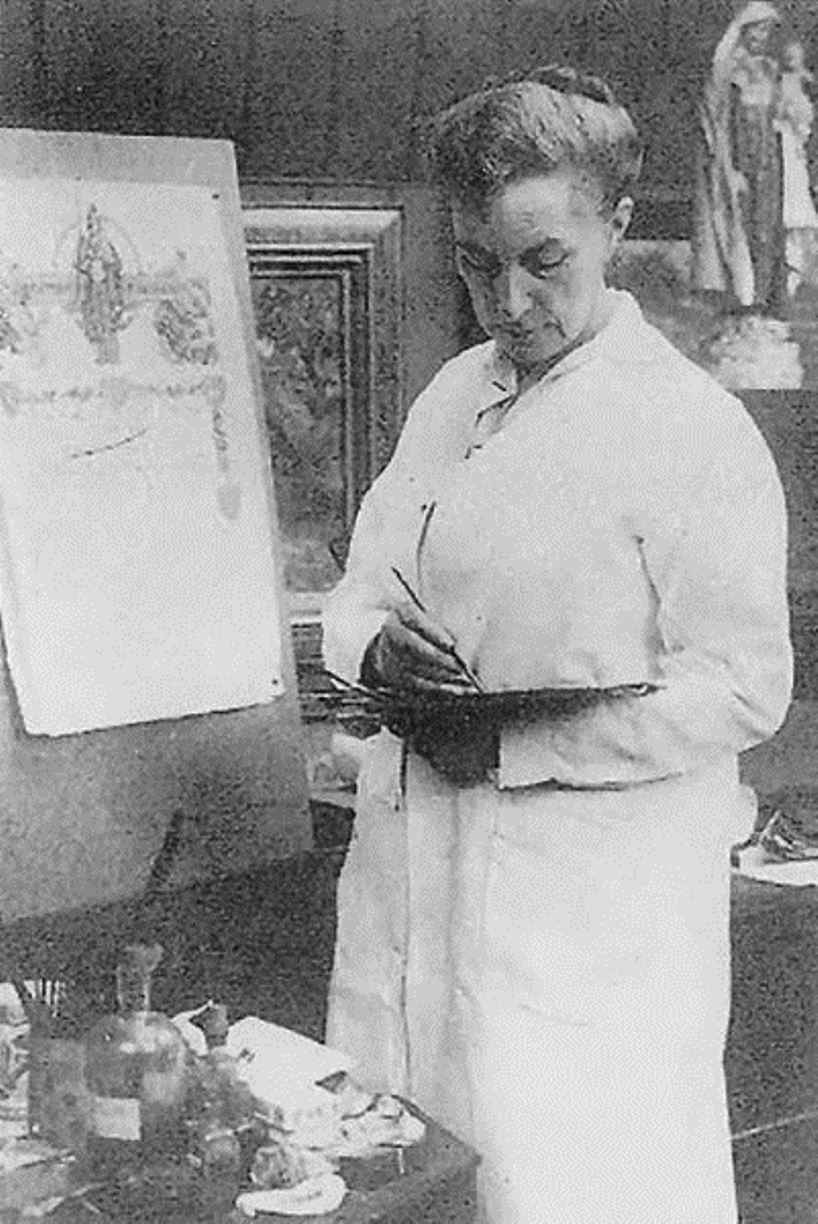
Eleanor Fortescue-Brickdale was a British Pre-Raphaelite painter, illustrator and stained glass artist.
At the age of 17, she enrolled at Crystal Palace School of Art and was later admitted to the Royal Academy of London and she initially worked with illustration. In 1897, Eleanor won a prize for her painting "Spring", which allowed her to begin work on her first large-scale oil painting, "The Pale Color of True Love". The painting was exhibited at the Royal Academy in 1899.
In 1902 Eleanor Fortescue-Brickdale was elected the first female member of the Institute of Oil Painters. She illustrated many books, including Tennyson's Royal Idylls in 1911. She taught at the Byam Shaw School of Art in Kensington. During the First World War, the artist designed posters for government departments and later several commemorative stained glass windows and a memorial in York Cathedral. In 1919 she became a member of the Royal Society of Watercolor Painters.
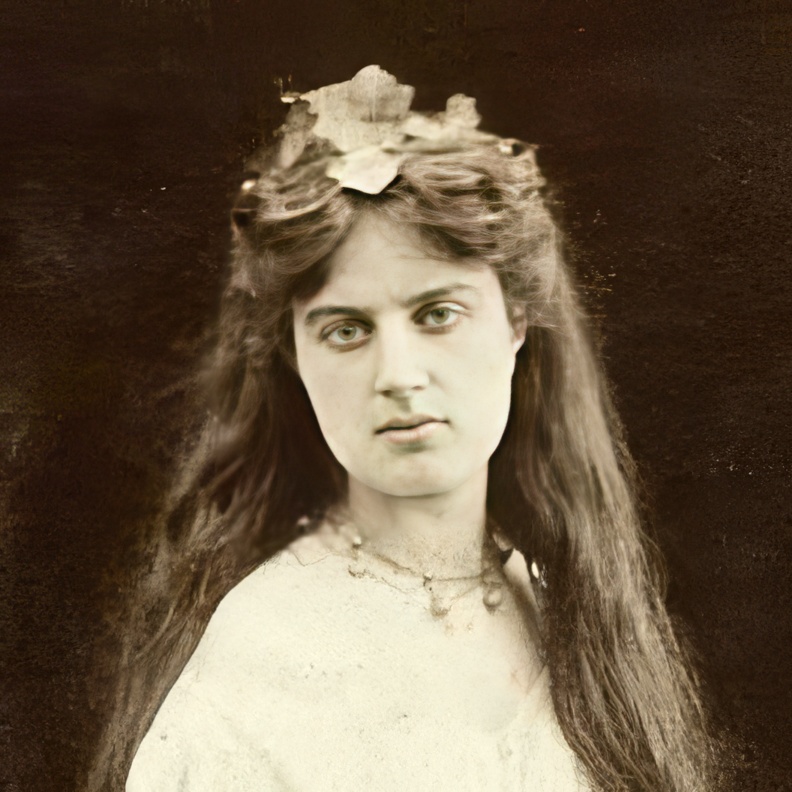
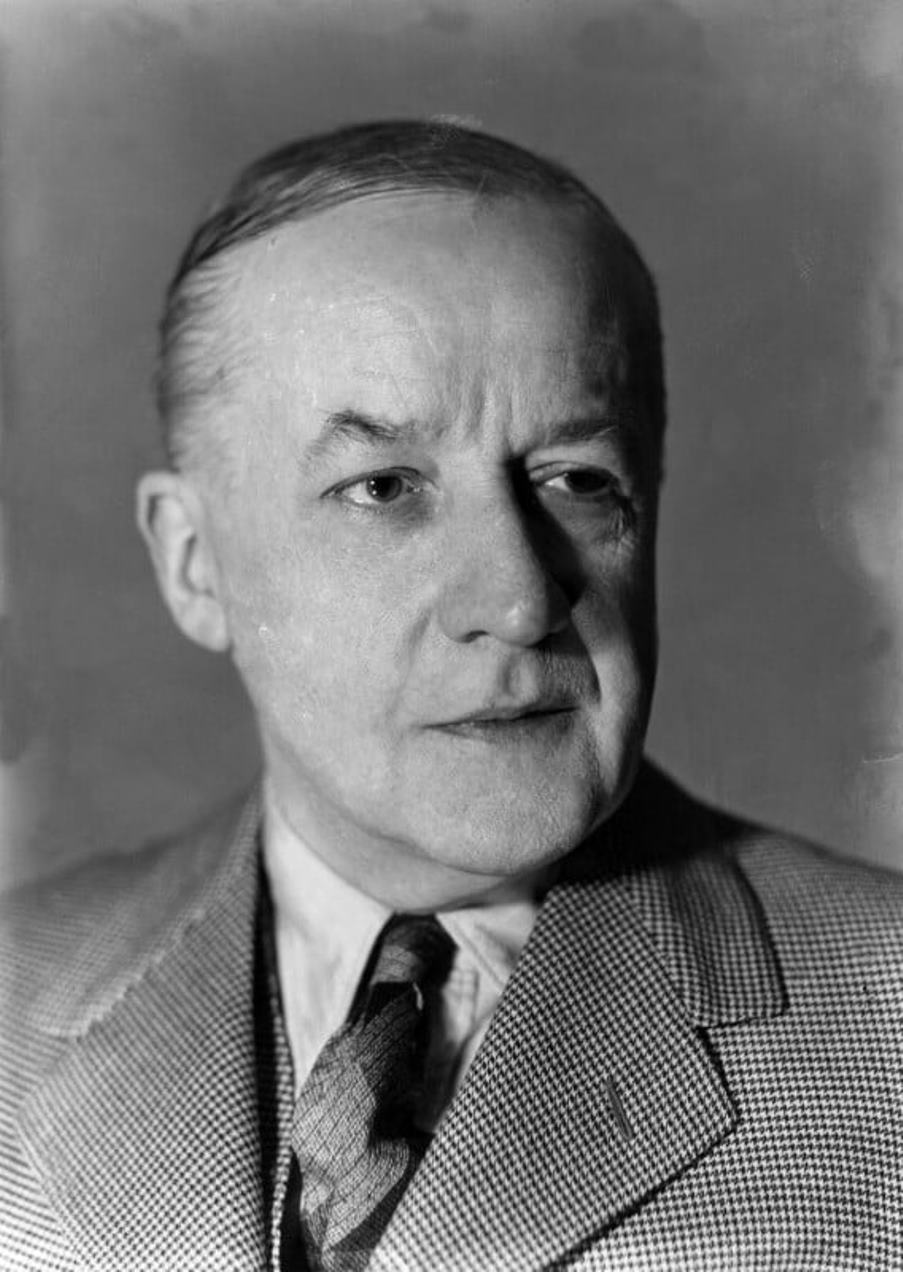
Edmund Dulac is a British and French artist, book illustrator and graphic artist.
Edmund drew a lot since childhood and, after graduating as a lawyer, decided to take up art: he studied at the Toulouse Academy of Fine Arts and at the Academy of Julian. At the age of 22, he settled in London and received an order from the publisher J. M. Dent to illustrate the novel "Jane Eyre" and other works of the Brontë sisters. He then became a regular contributor to Pall Mall Magazine and joined the London Sketch Club, where he met the leading book and magazine illustrators of the day.
These acquaintances opened a wide road for the young talented artist. Dulac decorated many editions of Andersen's fairy tales, works by Shakespeare, Edgar Poe, Omar Khayyam and others with his magical pictures. Working with the famous animator Walt Disney, he participated in the development of the type of Snow White, and his most famous work is considered the image of the Princess Boudour.
Later, Dulac worked in a variety of fields, including newspaper cartoons, theatrical costumes and sets, medals, and even postage stamps, including those commemorating the coronation of King George VI (1937), the beginning of Queen Elizabeth II's reign, and the Summer Olympics (1948).
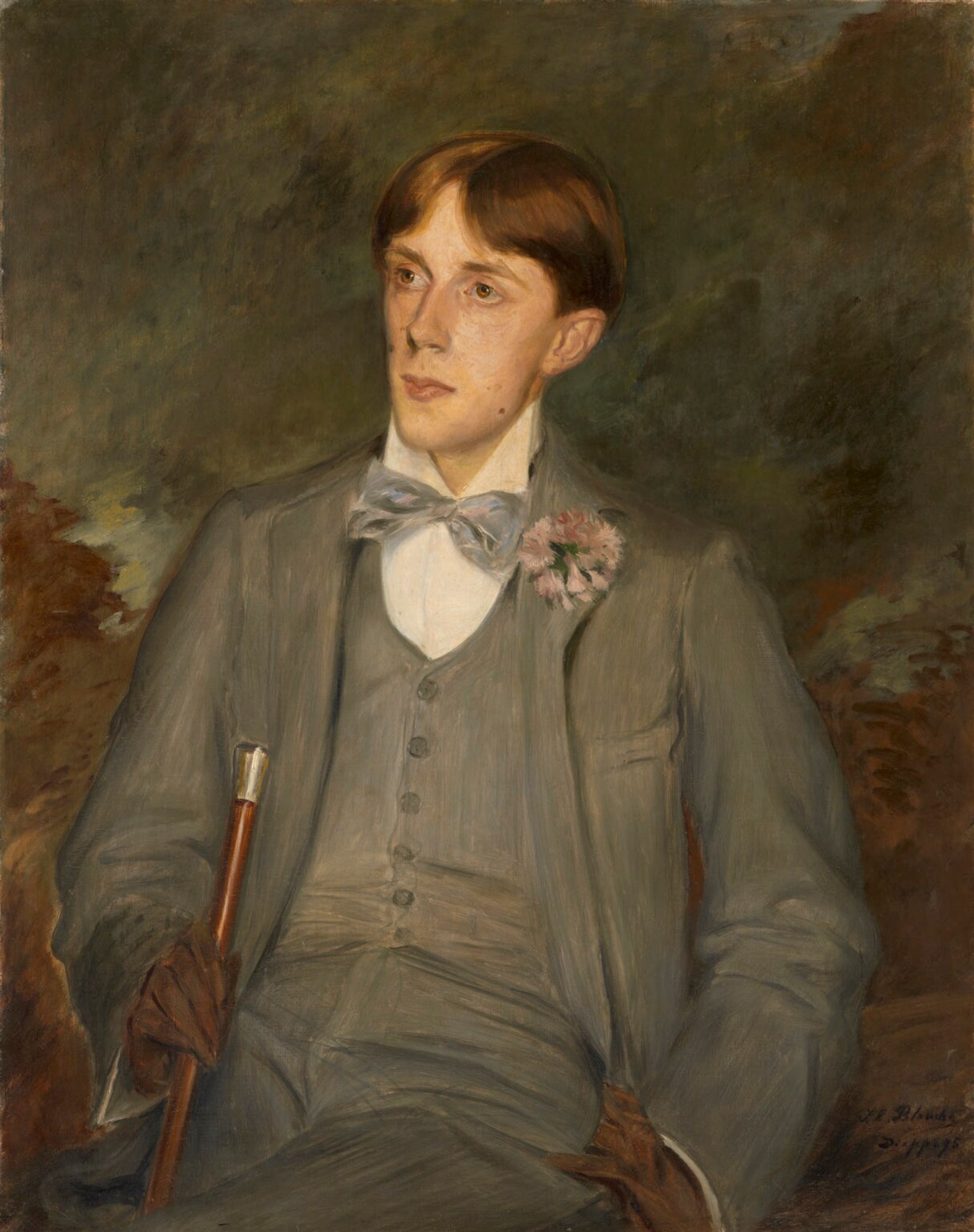
Aubrey Vincent Beardsley was an English artist and illustrator, whose brief yet impactful career left an indelible mark on the art world. Born in Brighton, England, in 1872, Beardsley's work was instrumental in the development of the Art Nouveau movement, and he is often remembered for his bold, innovative illustrations that challenged Victorian sensibilities with their erotic and often grotesque imagery.
Beardsley's artistic journey was characterized by his unique ability to blend influences from Japanese woodcuts with the aesthetic of the English Art Nouveau movement. His illustrations are distinguished by their stark contrasts of black and white, intricate details, and the absence of middle tones, creating a dramatic and unmistakable style. He was particularly known for his illustrations for the limited edition of "Le Morte D'Arthur," which were celebrated for their elaborate detail and pre-Raphaelite influences, despite their sometimes grotesque details. This work, along with his contributions to "The Yellow Book" and illustrations for Oscar Wilde's "Salome," showcased his talent for capturing the decadent and the macabre, earning him both acclaim and controversy (Wikipedia, The Collector).
Beardsley's career, though short-lived due to his untimely death at the age of 25 from tuberculosis, was marked by significant contributions to various publications, including "The Studio" and "The Savoy," which he co-founded. His work for "The Yellow Book," where he served as art editor, was particularly influential. The magazine, using the latest image-reproduction technology of the time, allowed Beardsley to make dramatic use of black and white space, reflecting his vision of modern life and aesthetics (V&A Museum).
Despite facing health challenges and controversies, including being dismissed from "The Yellow Book" during the scandal surrounding Oscar Wilde's arrest, Beardsley continued to work on projects that pushed the boundaries of conventional morality and art. His illustrations for works like Aristophanes' "Lysistrata" and his retelling of the Tannhäuser legend are testament to his enduring creative spirit and his willingness to explore themes of decadence, sexuality, and the grotesque.
Beardsley's legacy extends beyond his death, influencing not only the Art Nouveau movement but also future generations of artists and illustrators. His work continues to be celebrated for its daring originality and its challenge to the norms of his time. The Victoria and Albert Museum, among others, has celebrated Beardsley's contributions to art and culture, showcasing his ability to intertwine the beautiful and the grotesque in ways that remain provocative and engaging to this day.
For collectors and experts in art and antiques, Beardsley's work offers a fascinating glimpse into the aesthetic and cultural shifts of the late 19th century. His influence on poster art, illustration, and the broader Art Nouveau movement underlines the significant impact he had during his brief career. To stay updated on sales and auction events related to Aubrey Vincent Beardsley's work, signing up for updates can provide exclusive access to the continuing legacy of this remarkable artist.
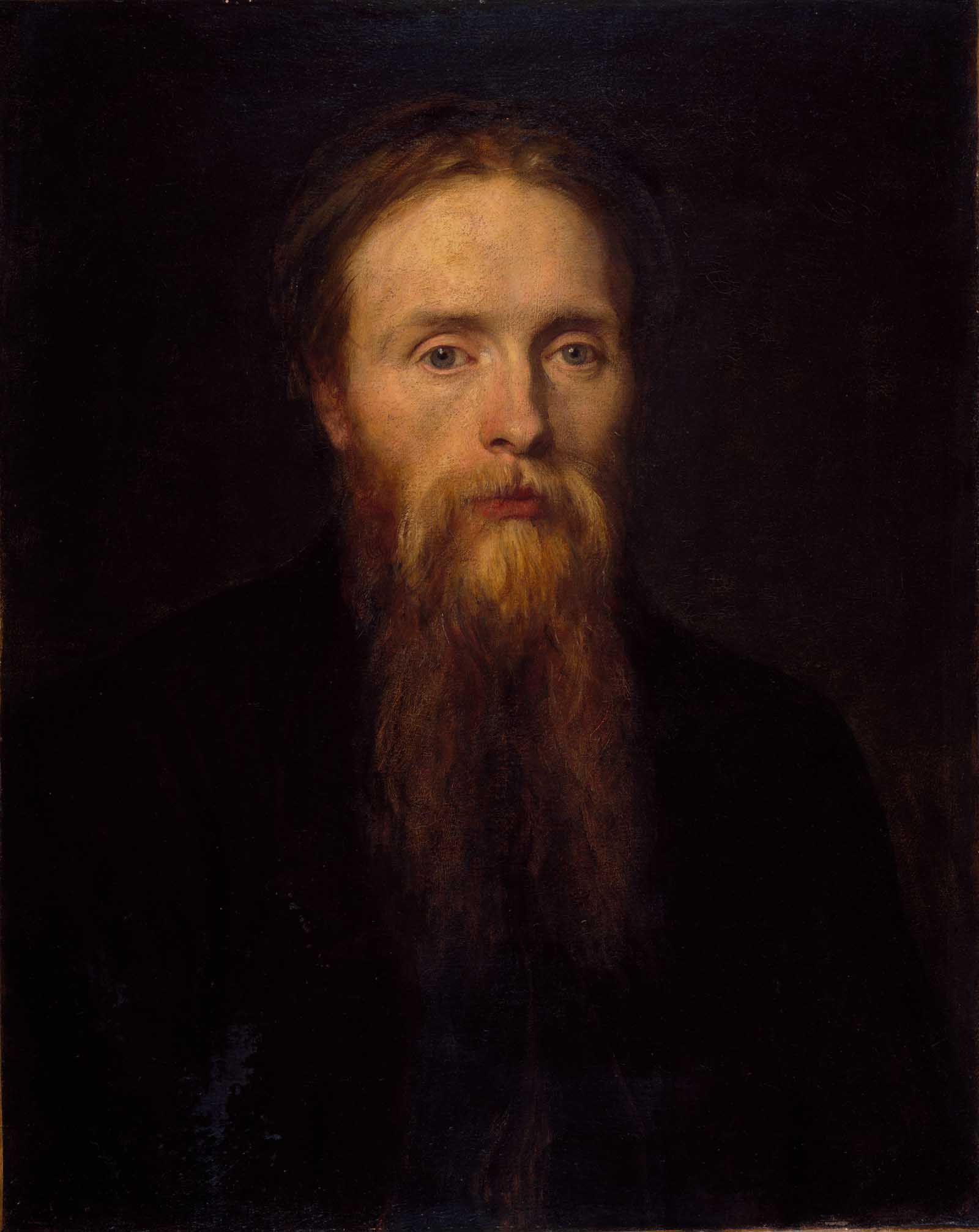
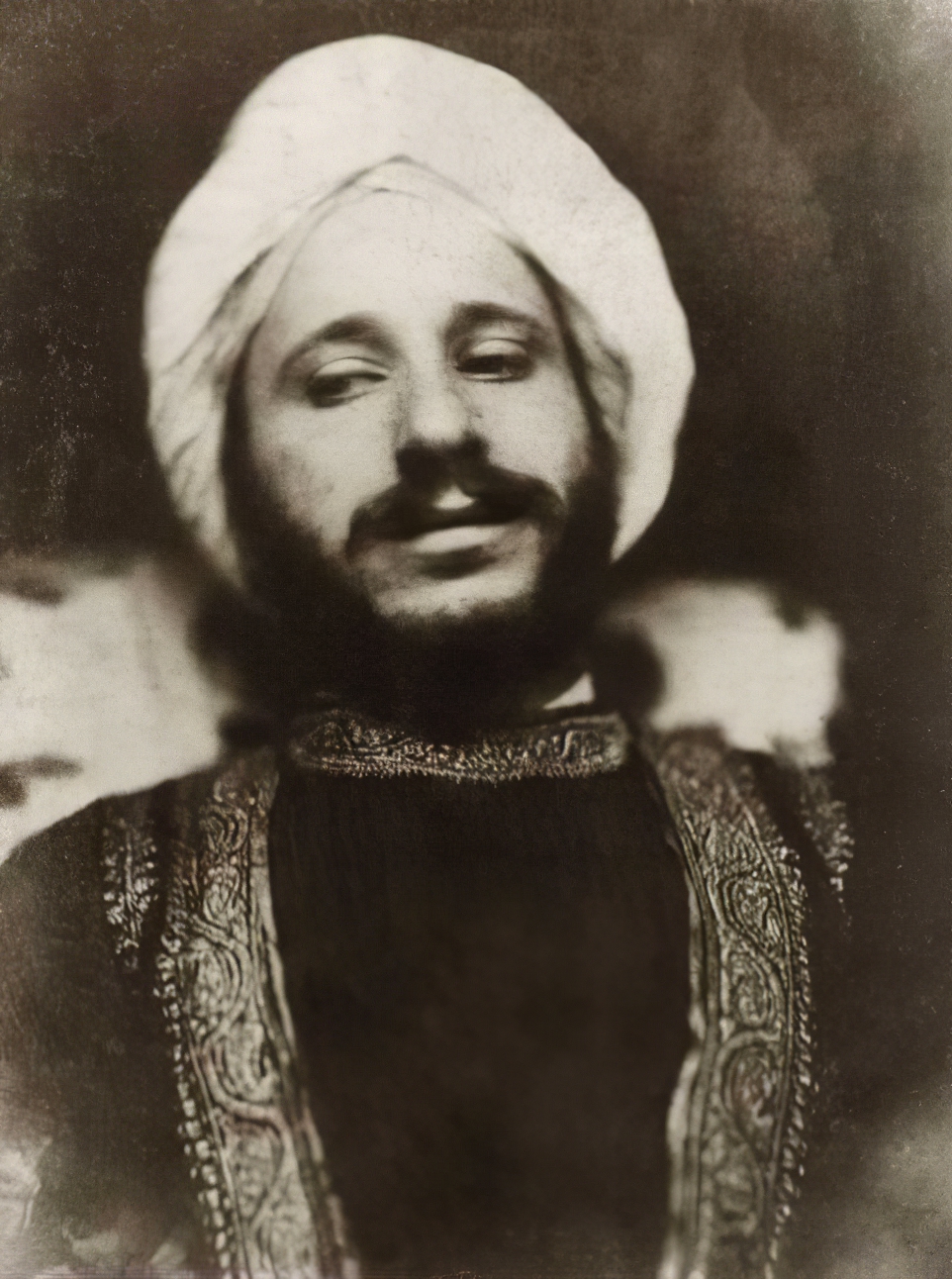
Simeon Solomon was a British painter associated with the Pre-Raphaelites who was noted for his depictions of Jewish life and same-sex desire. His career was cut short as a result of public scandal following his arrests and convictions for attempted sodomy in 1873 and 1874.

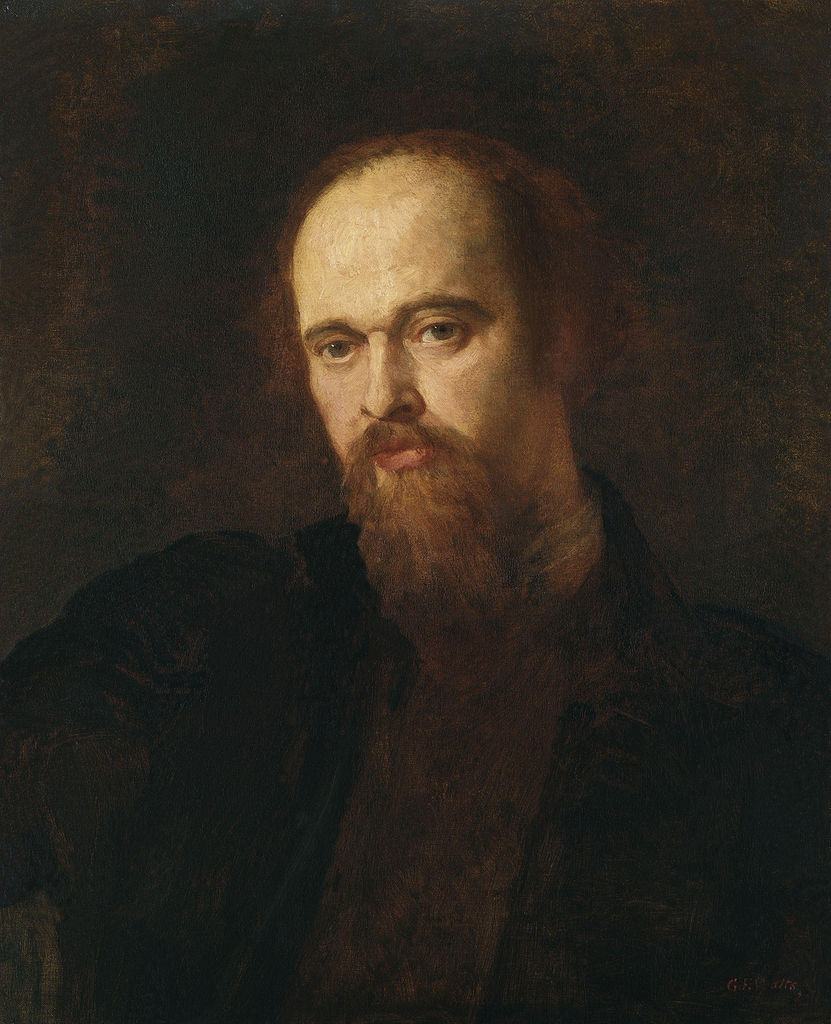
Gabriel Charles Dante Rossetti, generally known as Dante Gabriel Rossetti, was an English poet, illustrator, painter, translator and member of the Rossetti family. He founded the Pre-Raphaelite Brotherhood in 1848 with William Holman Hunt and John Everett Millais. Rossetti inspired the next generation of artists and writers, William Morris and Edward Burne-Jones in particular. His work also influenced the European Symbolists and was a major precursor of the Aesthetic movement.
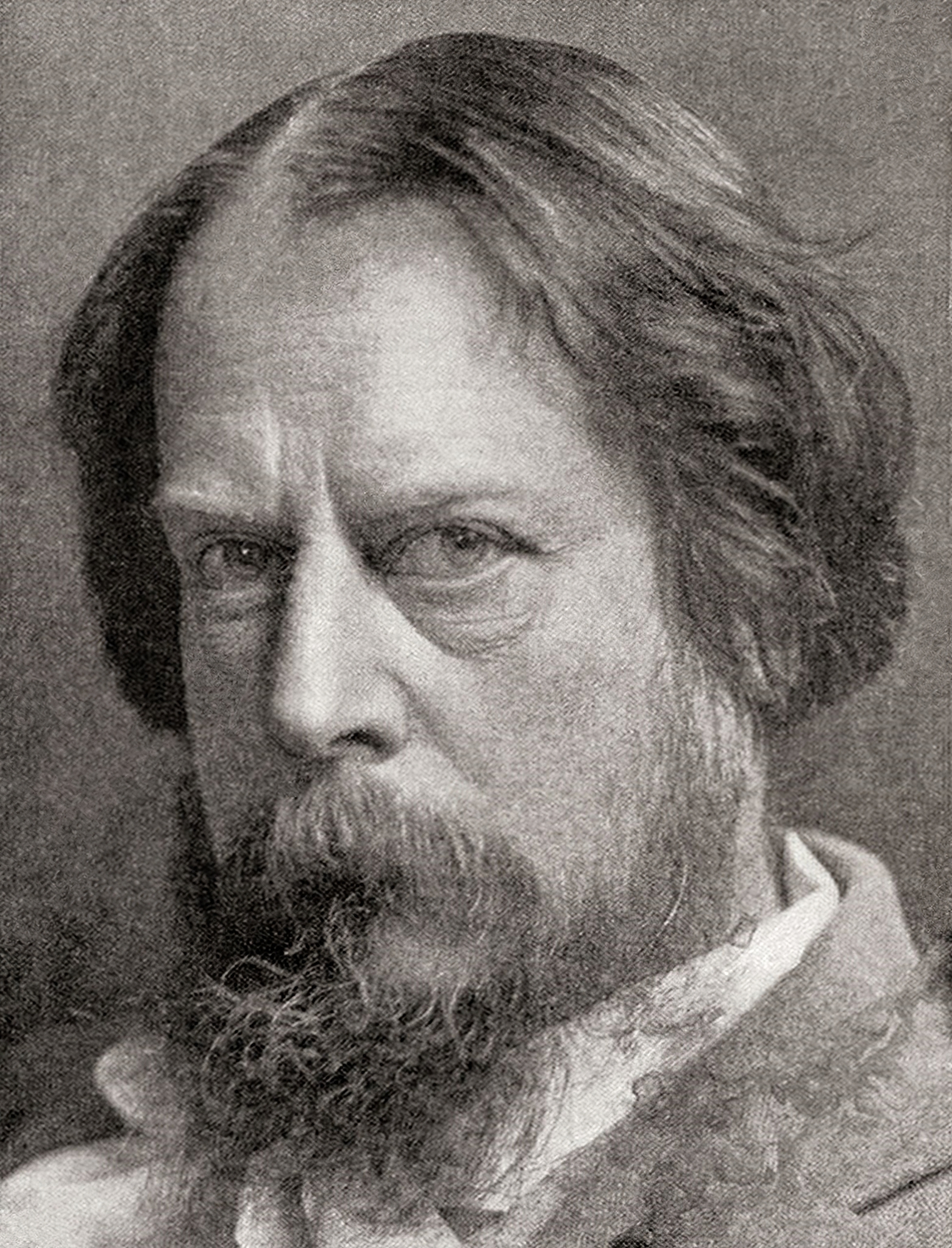
William Blake Richmond was a British painter, sculptor and a designer of stained glass and mosaic. He is best known for his portrait work and decorative mosaics in St Paul's Cathedral in London.
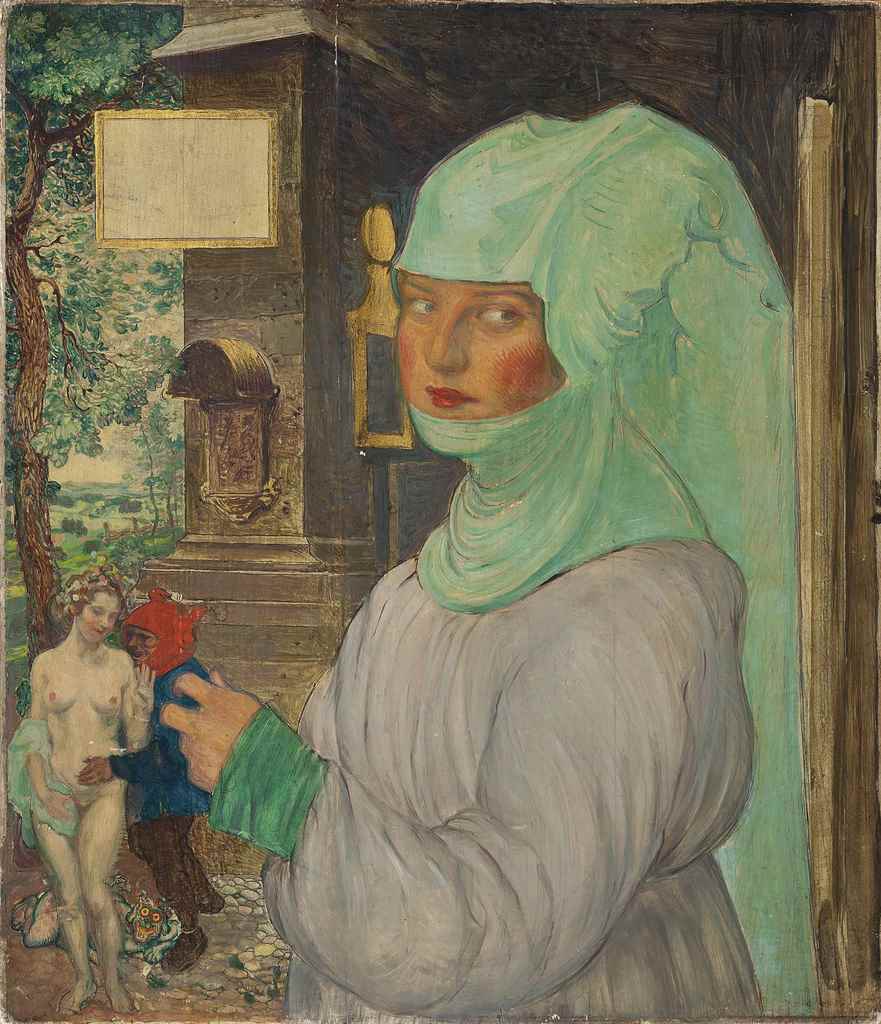
Sigmund Walter Hampel, born in Vienna in 1867 and passed away in 1949 at Nußdorf am Attersee, was an esteemed Austrian painter and draughtsman. The son of a glass painter, Hampel honed his artistic skills and knowledge of design, material, and technique in his father's workshop. His formal education at the Vienna Academy of Art under notable figures like August Eisenmenger and Heinrich von Angeli further refined his abilities, especially in delicate coloring and technical proficiency.
A significant period of Hampel's career was his membership in the Hagenbund, a Vienna-based artists' association, from 1900 to 1911. This association was known for its avant-garde approach and played a critical role in shaping modern art in Austria. Hampel's works are recognized for their diverse range of subjects and styles, including figurative works, still life, and portraiture.
Some of Hampel's notable works include "Interieur" (1903), "Zimmer In Einem Alten Forsthaus" (1905), "Spanische Tänzerin (Porträt der Mlle E.)" (1904), "Blumenstillleben" (1910), and "Der Zwerg und das Weib" (1902-1903). These artworks exemplify his versatile approach to art, capturing a range of emotions and narratives through his distinct artistic style.
Hampel's contributions to the art world, particularly in Austria, are significant. His works continue to be appreciated by art enthusiasts, collectors, and experts in art and antiques for their aesthetic value and historical significance.
To stay updated on the latest information, sales, and auction events related to Sigmund Walter Hampel, sign up for our newsletter. This subscription will provide regular updates exclusively about new opportunities related to Hampel's works, ensuring you don't miss out on any significant developments in this area.

Sigmund Walter Hampel, born in Vienna in 1867 and passed away in 1949 at Nußdorf am Attersee, was an esteemed Austrian painter and draughtsman. The son of a glass painter, Hampel honed his artistic skills and knowledge of design, material, and technique in his father's workshop. His formal education at the Vienna Academy of Art under notable figures like August Eisenmenger and Heinrich von Angeli further refined his abilities, especially in delicate coloring and technical proficiency.
A significant period of Hampel's career was his membership in the Hagenbund, a Vienna-based artists' association, from 1900 to 1911. This association was known for its avant-garde approach and played a critical role in shaping modern art in Austria. Hampel's works are recognized for their diverse range of subjects and styles, including figurative works, still life, and portraiture.
Some of Hampel's notable works include "Interieur" (1903), "Zimmer In Einem Alten Forsthaus" (1905), "Spanische Tänzerin (Porträt der Mlle E.)" (1904), "Blumenstillleben" (1910), and "Der Zwerg und das Weib" (1902-1903). These artworks exemplify his versatile approach to art, capturing a range of emotions and narratives through his distinct artistic style.
Hampel's contributions to the art world, particularly in Austria, are significant. His works continue to be appreciated by art enthusiasts, collectors, and experts in art and antiques for their aesthetic value and historical significance.
To stay updated on the latest information, sales, and auction events related to Sigmund Walter Hampel, sign up for our newsletter. This subscription will provide regular updates exclusively about new opportunities related to Hampel's works, ensuring you don't miss out on any significant developments in this area.
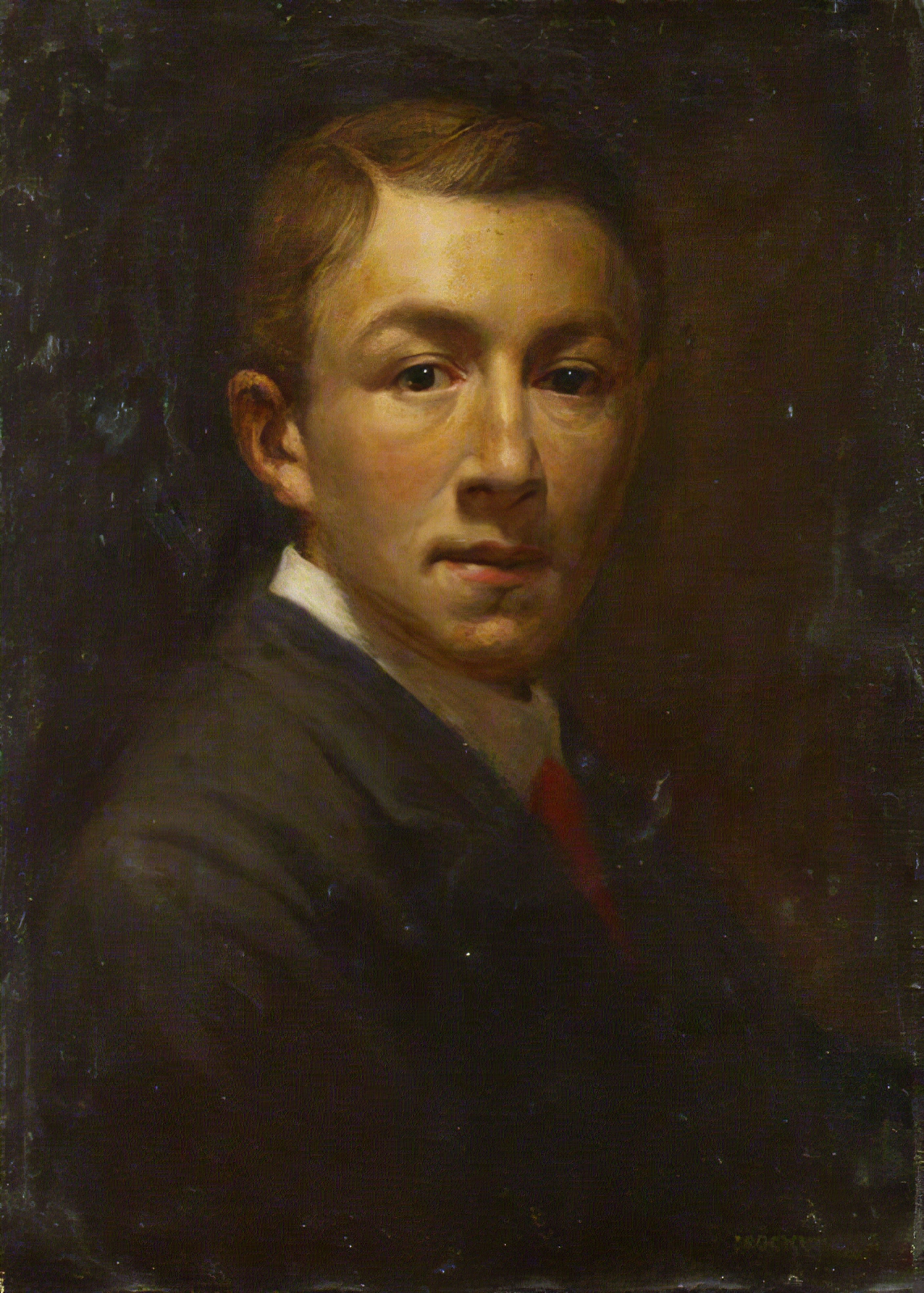
Gerald Leslie Brockhurst was a British painter and etcher.
During the 1930s and 1940s he was celebrated as a portraitist, painting society figures such as Marlene Dietrich and the Duchess of Windsor. Today he is best known for his small etched prints of beautiful, idealized women — many of them modelled by his first and second wives.
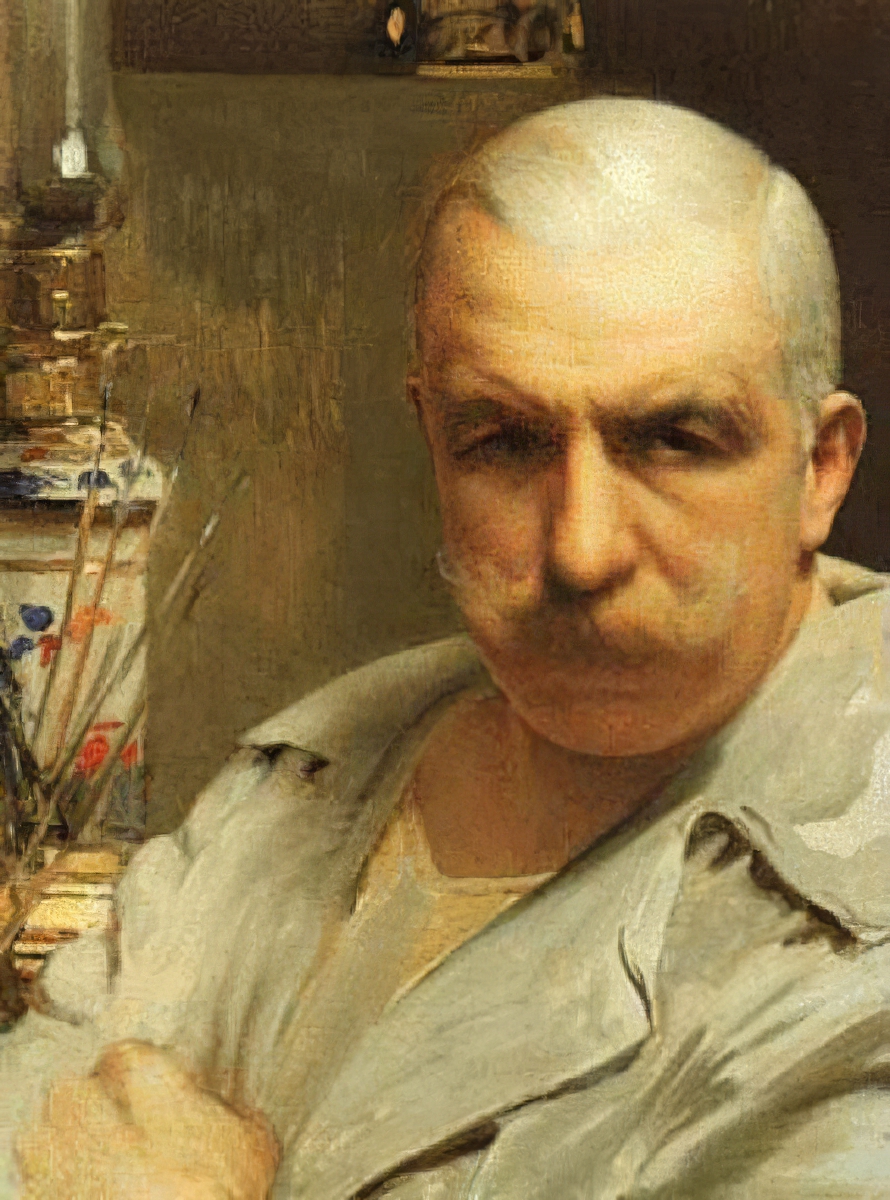
Vittorio Matteo Corcos was an Italian painter, known for his portraits. Many of his genre works depict winsome and finely dressed young men and women, in moments of repose and recreation.
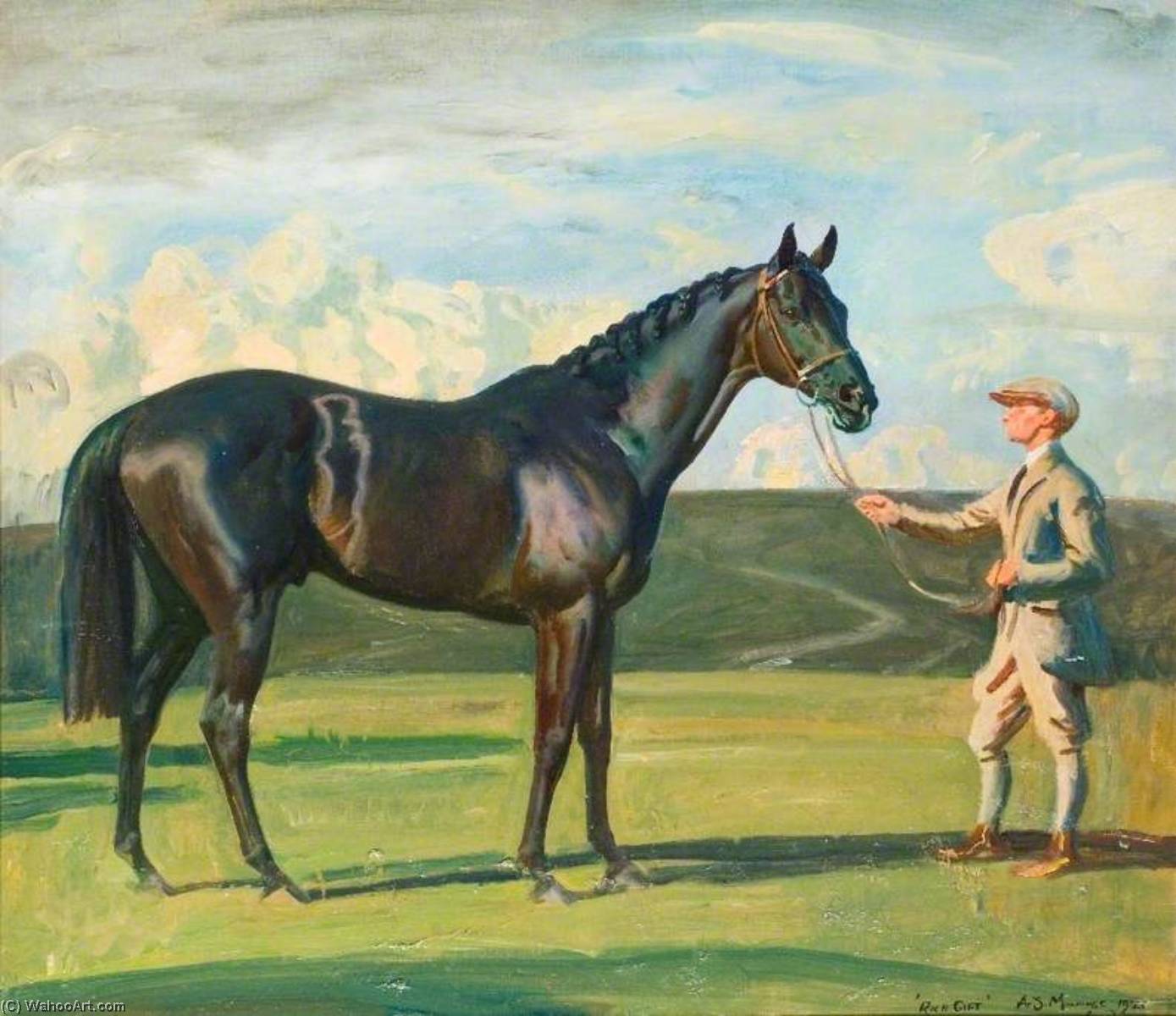
Alfred James Munnings was known as one of England's finest painters of horses, and as an outspoken critic of Modernism. Engaged by Lord Beaverbrook's Canadian War Memorials Fund, he earned several prestigious commissions after the Great War that made him wealthy. Between 1912 and 1914 he was a member of the Newlyn School of artists. His work was part of the art competitions at the 1928 Summer Olympics, the 1932 Summer Olympics, and the 1948 Summer Olympics.
Munnings was president of the Royal Academy of Arts from 1944 until his death.

Alfred James Munnings was known as one of England's finest painters of horses, and as an outspoken critic of Modernism. Engaged by Lord Beaverbrook's Canadian War Memorials Fund, he earned several prestigious commissions after the Great War that made him wealthy. Between 1912 and 1914 he was a member of the Newlyn School of artists. His work was part of the art competitions at the 1928 Summer Olympics, the 1932 Summer Olympics, and the 1948 Summer Olympics.
Munnings was president of the Royal Academy of Arts from 1944 until his death.
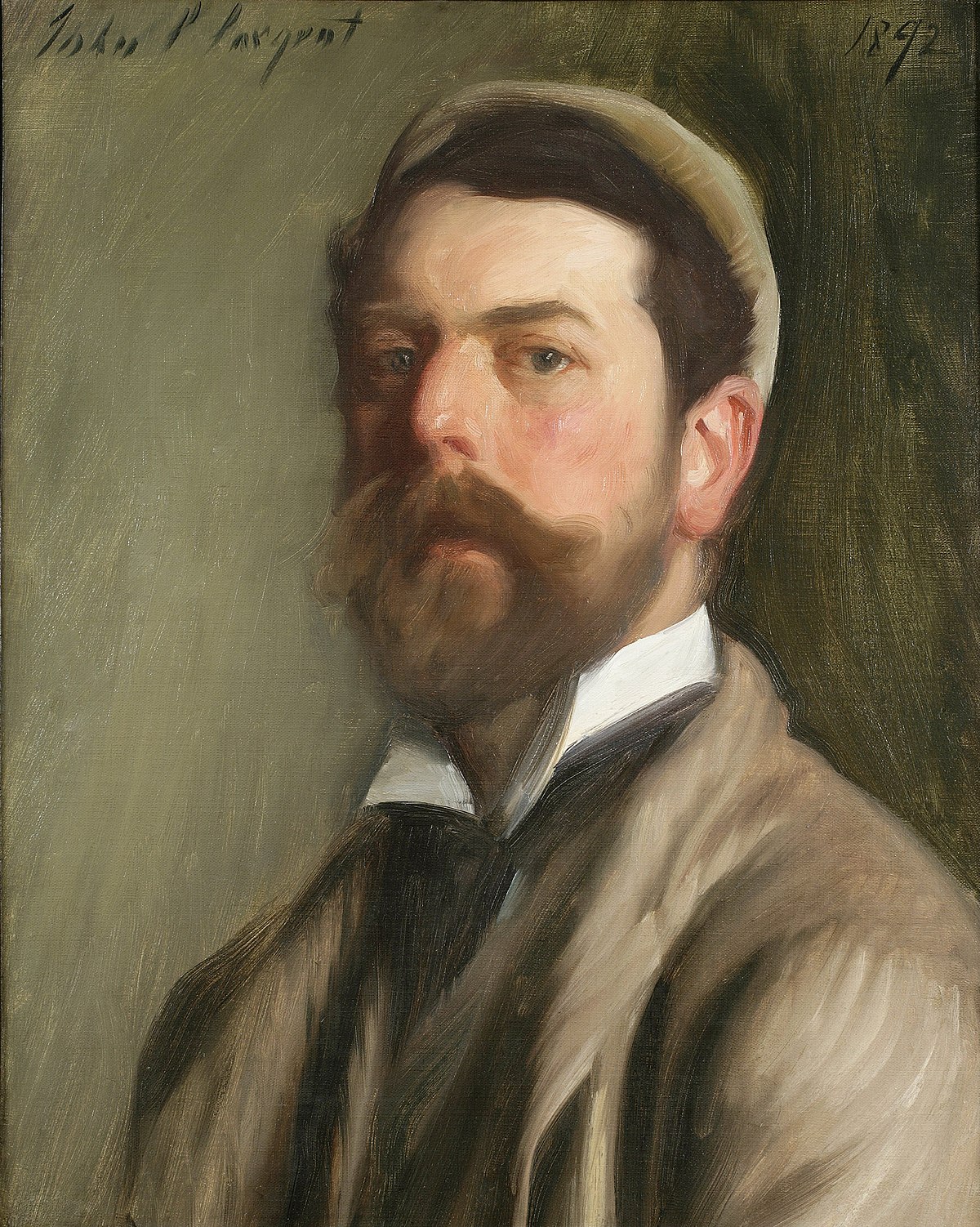
John Singer Sargent was an American artist celebrated for his captivating portraits, which mirrored the luxury of the Edwardian era. Born to American parents in Florence, Italy, Sargent was a well-traveled individual, fluent in multiple languages, and exposed to European art from a young age. His early artistic training came under the tutelage of Carolus-Duran in Paris, which significantly influenced his style and approach to art. Sargent's work, characterized by its striking realism and attention to detail, gained international acclaim, especially among the aristocracy in England and the United States.
Noteworthy is John Singer Sargent's "Carnation, Lily, Lily, Rose," a piece that, after its display at the Royal Academy in 1887, solidified his status in the London art scene. This painting, along with many others, showcases his ability to capture the essence of his subjects, earning him numerous commissions from prominent figures of his time. However, by the early 20th century, Sargent shifted his focus to watercolors and murals, seeking respite from the demands of portrait commissions. His mural works, like those for the Boston Public Library, highlight his versatility and commitment to art beyond portraiture.
For collectors and art experts, understanding John Singer Sargent's journey—from his early days in Florence and Paris to his ultimate success as a portraitist and muralist—offers valuable insights into his artistic evolution and the historical context of his work. His pieces, housed in prestigious institutions worldwide, continue to captivate audiences with their elegance and technical prowess.
If you're keen on staying updated with events and sales related to John Singer Sargent's art, consider signing up for updates. This subscription will keep you informed about new product sales and auction events specifically related to Sargent's works, ensuring you don't miss out on valuable opportunities.
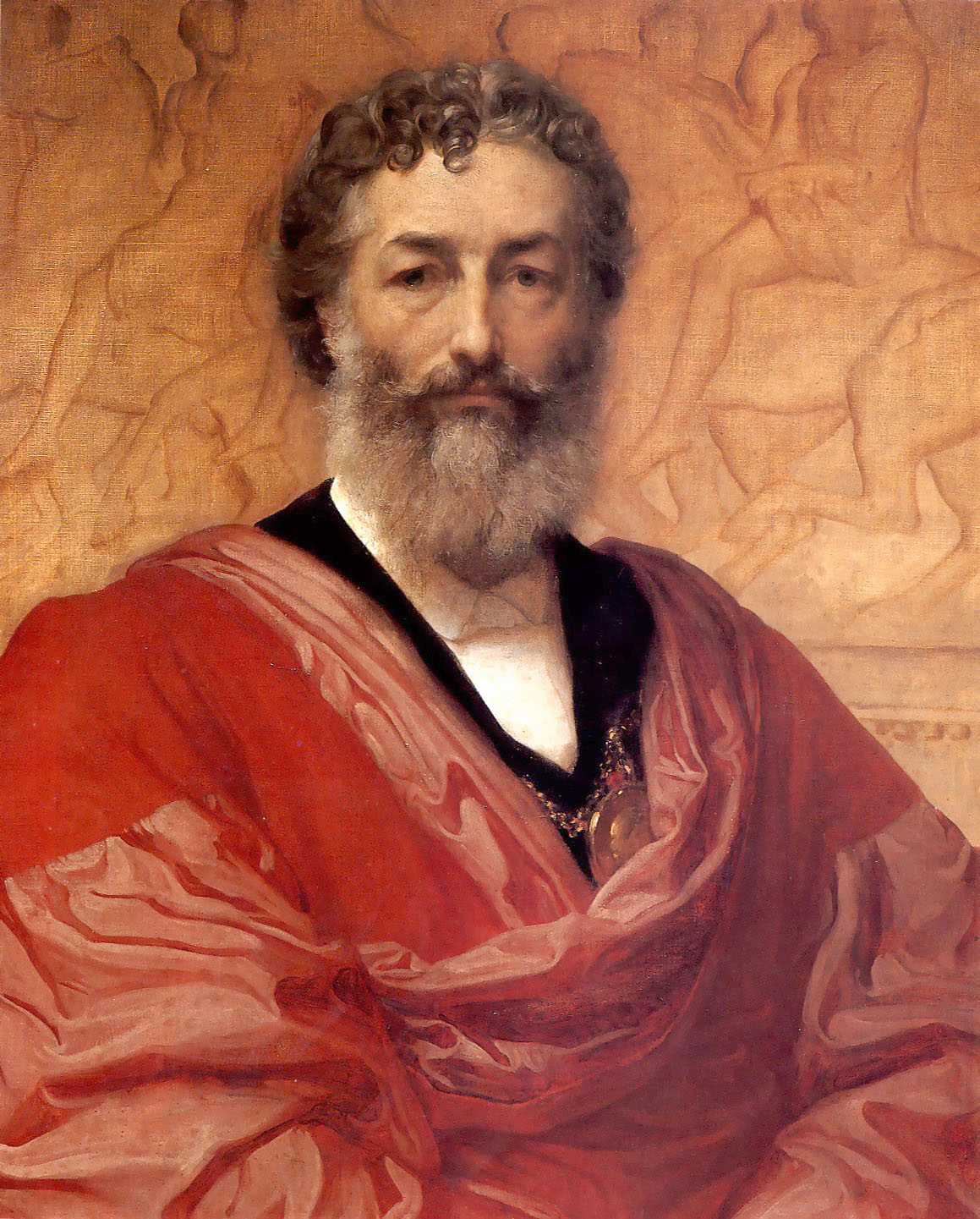
Frederic Leighton was a distinguished British artist renowned for his contributions to painting and sculpture during the Victorian era. His works, characterized by their classical themes and meticulous detail, have garnered appreciation from art collectors and historians alike. Notable for being the first painter to receive a peerage, Leighton's legacy in the art world is significant.
Frederic Leighton's art, particularly his paintings like "Flaming June" and "The Return of Persephone," showcases his mastery in depicting classical and mythological subjects with a unique blend of realism and idealism. His sculptures, such as "An Athlete Wrestling with a Python" and "The Sluggard," played a pivotal role in initiating the New Sculpture movement, emphasizing naturalism and dynamic forms.
Despite his illustrious career, Frederic Leighton's personal life remained private, with ongoing debates about his relationships and sexuality. His London home, now the Leighton House Museum, offers a glimpse into his artistic world, housing many of his works and collections that influenced his creations.
For art collectors and experts, Frederic Leighton's oeuvre represents a blend of academic tradition and innovative expression, making his works highly sought after in the realms of art and antiques. To stay informed about exhibitions and auction events featuring Frederic Leighton's art, subscribing to updates can be a valuable resource for enthusiasts eager to explore and acquire pieces from this influential Victorian artist.
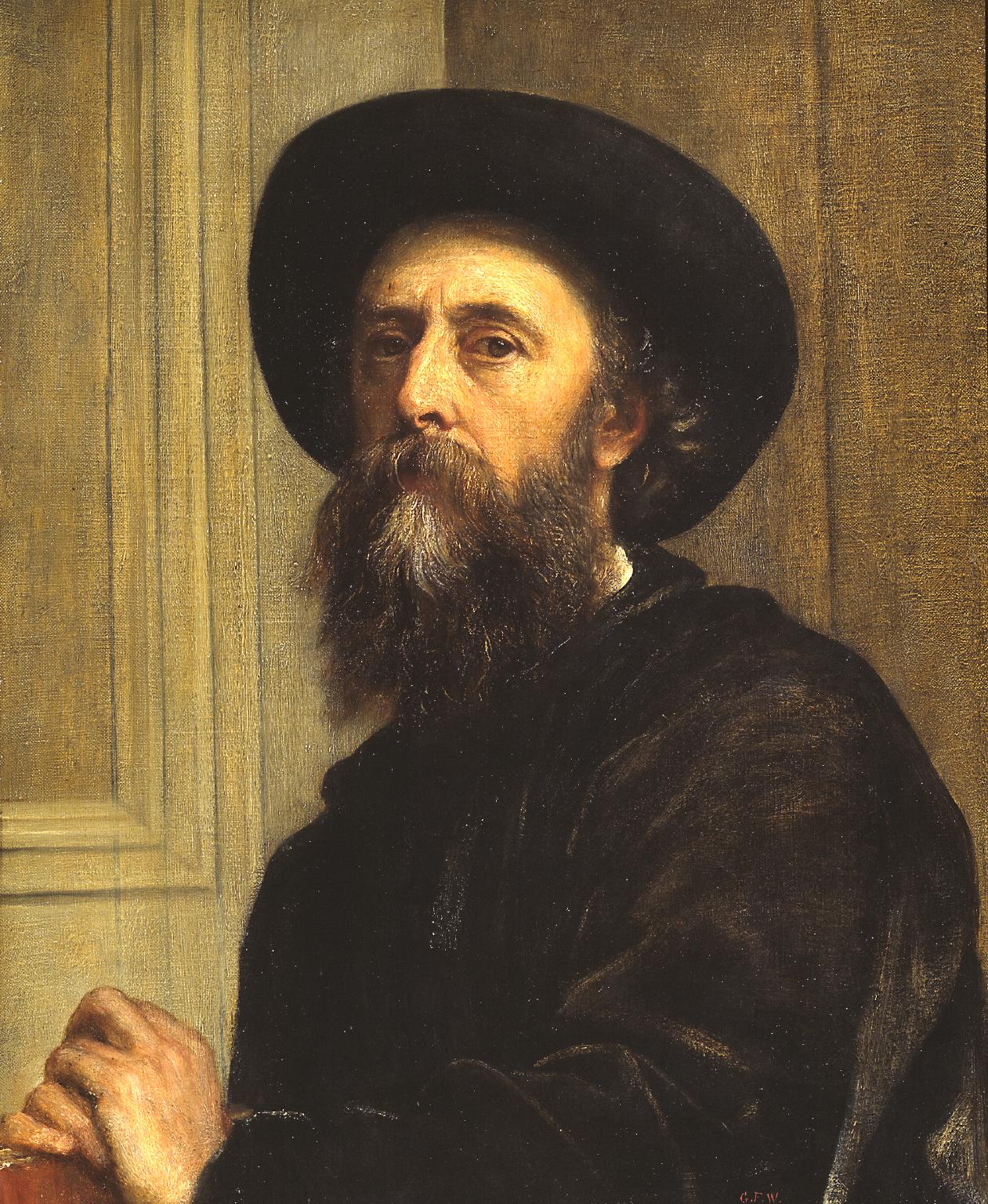
George Frederic Watts was a distinguished British painter and sculptor associated with the Symbolist movement, celebrated for his allegorical works such as "Hope" and "Love and Life." Born in 1817, Watts's career spanned the Victorian era, during which he developed a style that sought to imbue his works with moral and philosophical depth. His ambition was to affect the viewer's mind through "nobility of line and color," aiming to elevate art to a medium of serious reflection and commentary on humanity's condition.
George Frederic Watts's early influences included the Elgin Marbles and the works of Titian, which inspired him to strive for a grandeur in his art that was both morally uplifting and aesthetically profound. He was a part of the vibrant cultural milieu of the Victorian era, mingling with notable figures of the time in the Prinsep circle of bohemians and contributing significantly to the artistic and intellectual life of 19th-century Britain.
Among Watts's most celebrated works are "Hope," featuring a blindfolded figure with a lyre, and "The Sower of the Systems," a visionary piece that prefigured abstract painting and explored themes of creation and the cosmos. This latter work, completed towards the end of his life, exemplifies Watts's lifelong fascination with the interplay between art, science, and spirituality.
George Frederic Watts's legacy is preserved in the Watts Gallery in Compton, Surrey, dedicated to his work, and through his contributions to public art, including the monumental sculpture "Physical Energy" in Kensington Gardens, London. His portraits of prominent Victorians, which include political, literary, and cultural figures, remain highly regarded for their insight and depth.
For those interested in the intersections of art, culture, and history, George Frederic Watts's work offers a rich exploration of Victorian values, aspirations, and anxieties. His enduring influence on British art and his role in the Symbolist movement make his work a key subject of study for collectors and experts in art and antiques.
To stay informed about exhibitions, sales, and events related to George Frederic Watts, signing up for updates is recommended. This will ensure that enthusiasts and collectors alike are always up-to-date on opportunities to engage with Watts's impactful legacy.
